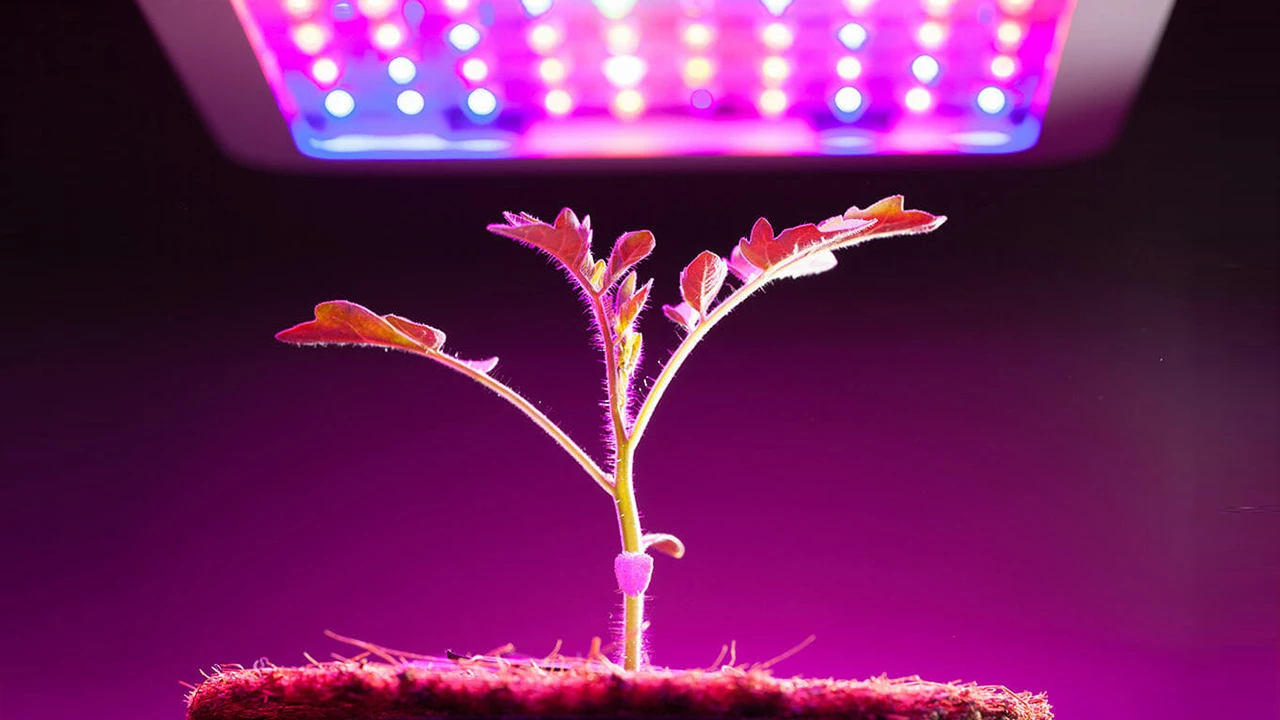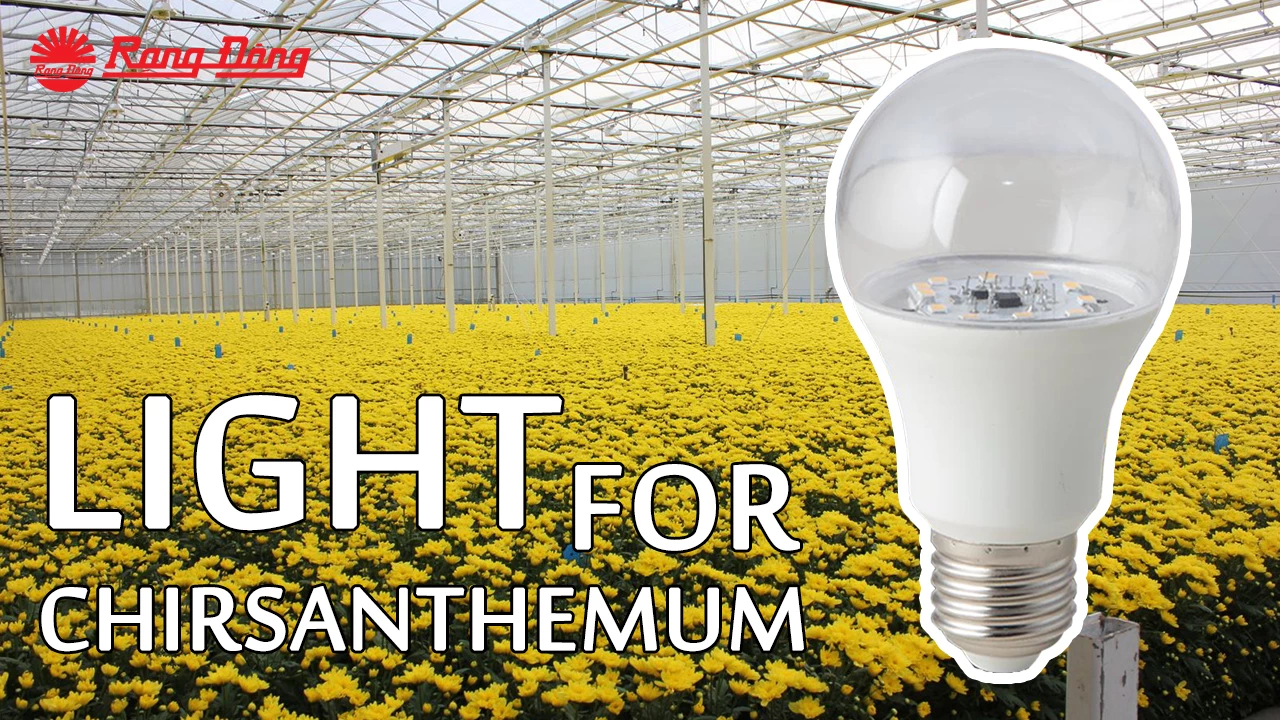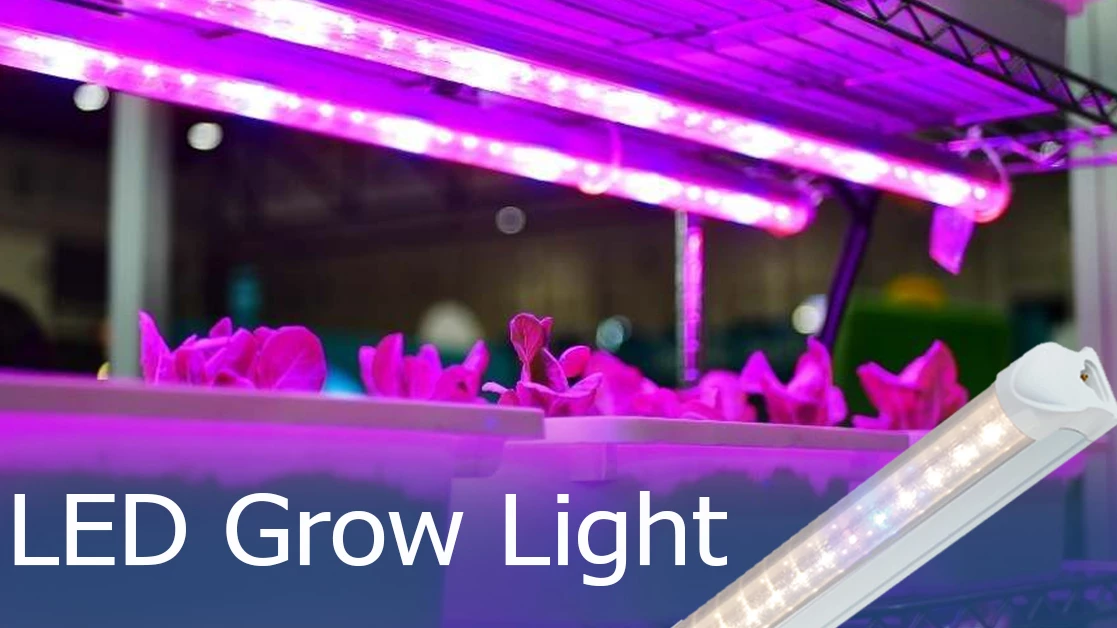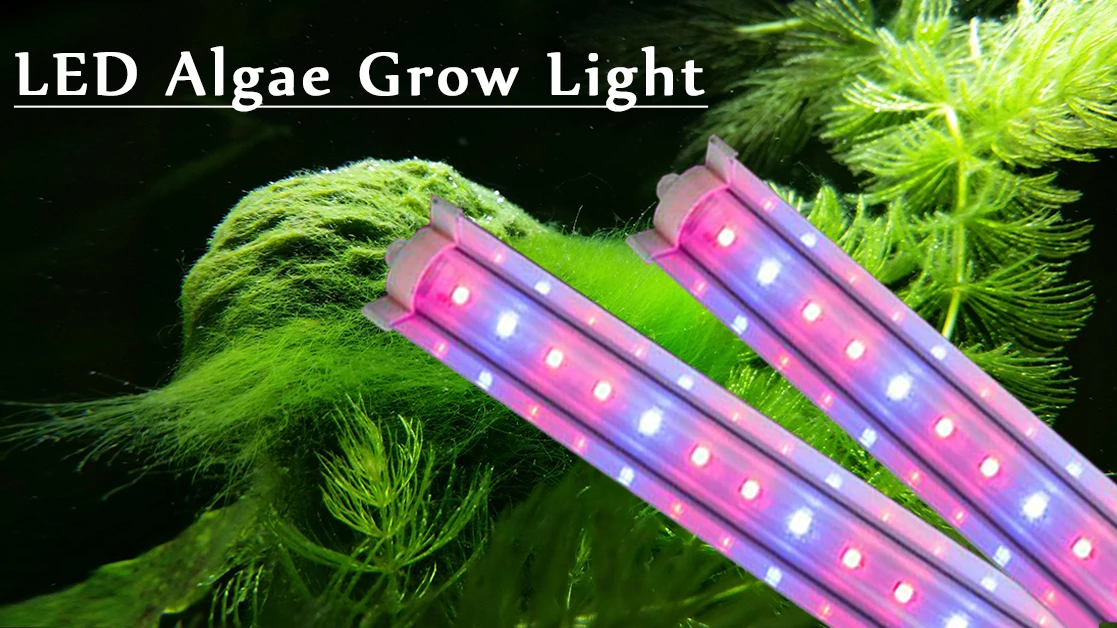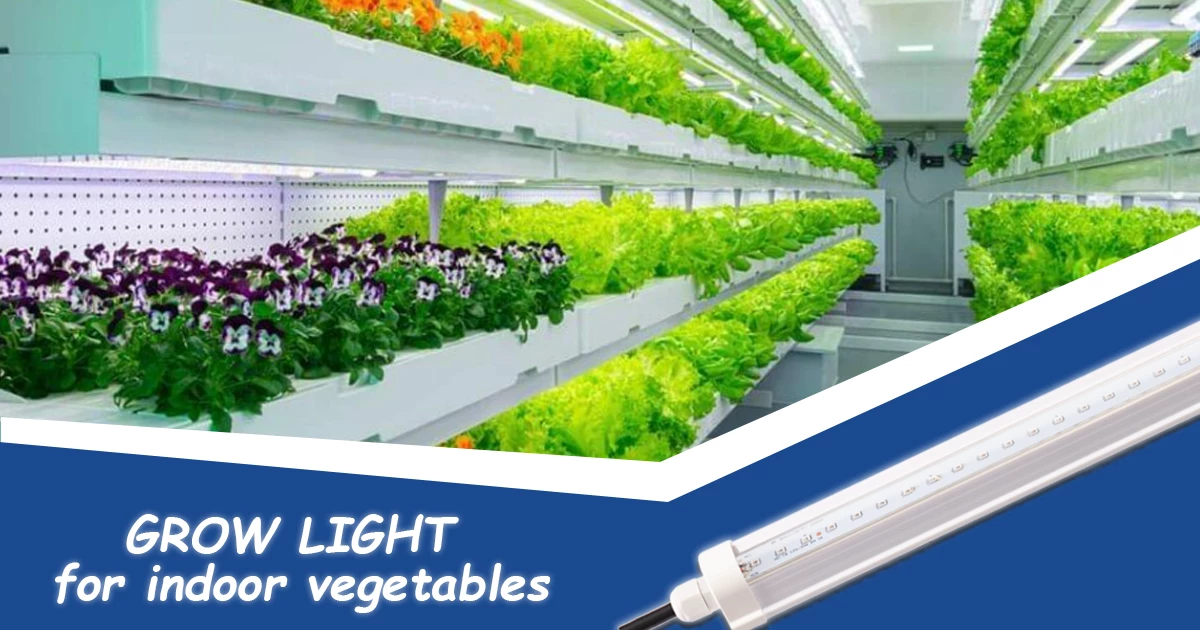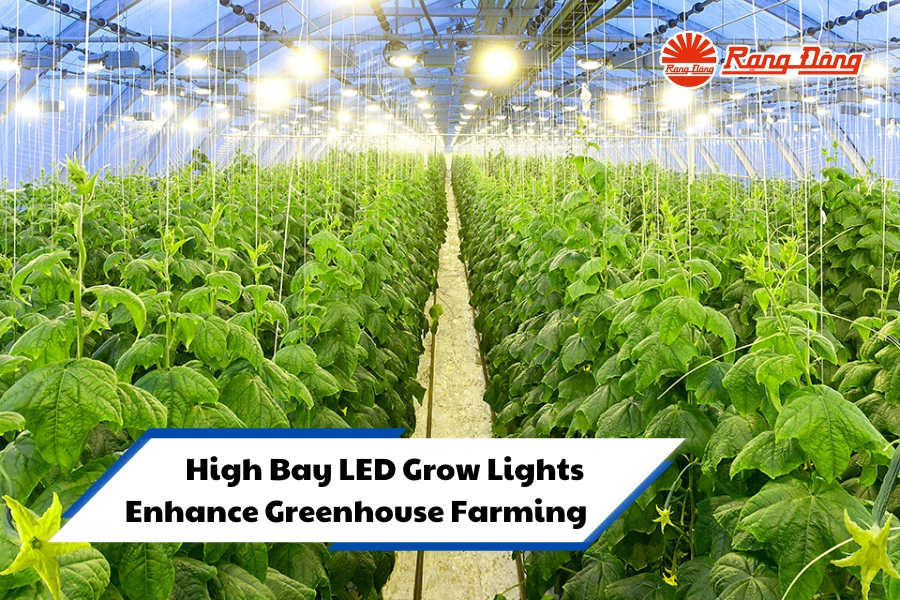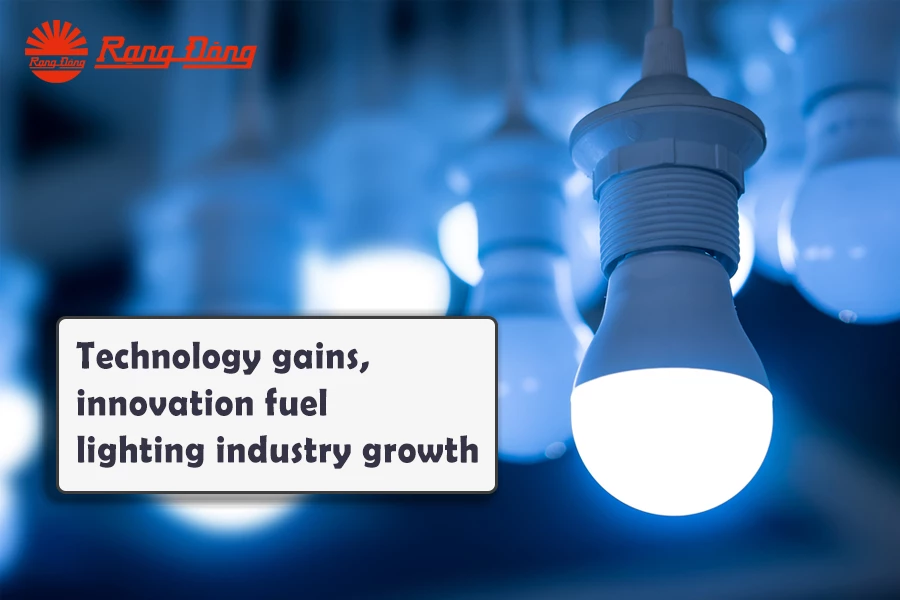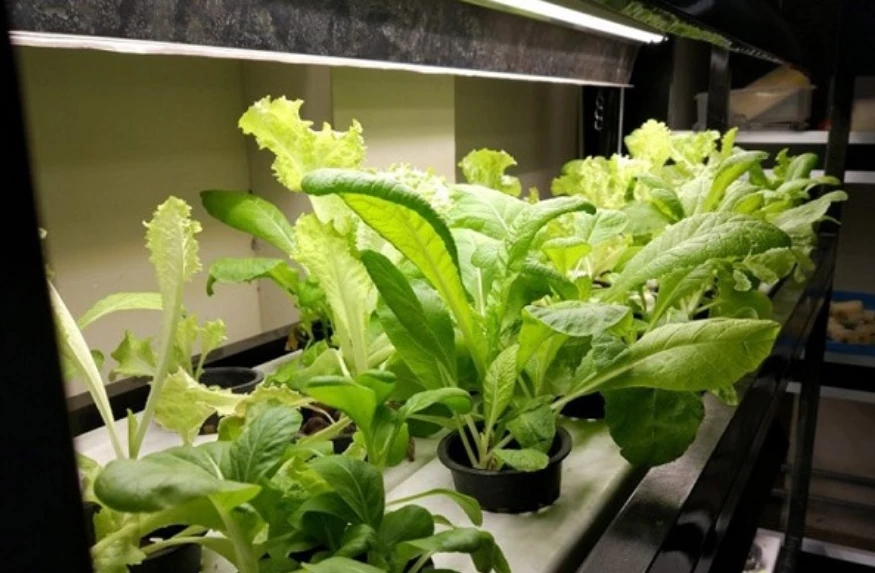
Guide on Hydroponic Vegetable Growing
Hydroponic vegetable growing involves cultivating plants without soil, using a nutrient-rich water solution. This technique allows plants to absorb essential nutrients directly from the water, promoting faster growth and higher yields compared to traditional soil farming. It is an ideal solution for urban environments, where space and soil quality are often limited. The following guide provides details on the benefits, types and applications of hydroponic vegetable growing.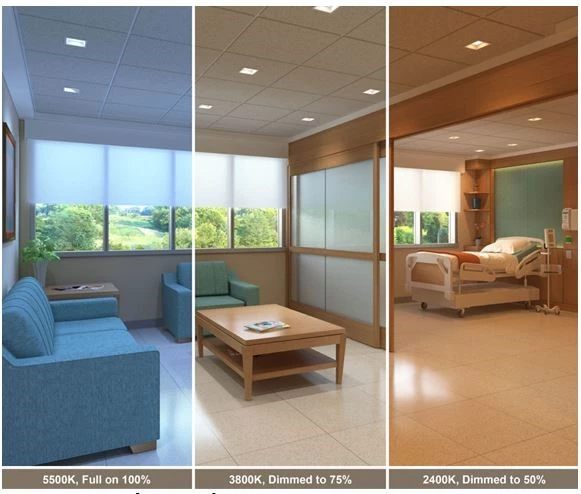 Hydroponic vegetable growing, once applied in the right way, could bring the following benefits.
Hydroponic vegetable growing, once applied in the right way, could bring the following benefits.
Faster growth and higher yields: Plants grow 30-50 percent faster thanks to the direct access to nutrients.
Efficient water usage: Could be up to 90 percent less compared to traditional farming.
Space saving: Vertical hydroponic systems maximize limited urban spaces.
Pest and disease control: Reduces the risk of soil-borne diseases and pests.
Consistent quality: Uniform growth and nutrient content are in place.
Types of hydroponic systems
Nutrient film technique (NFT): A thin film of nutrient solution flows continuously over the roots, providing constant nourishment.
Deep water culture (DWC): Plants float on a nutrient solution with roots submerged directly in water to provide consistent oxygenation.
Aeroponics: Nutrient mist is sprayed onto the roots to maximize oxygen intake and promote rapid growth.
Wick system: Passive system where nutrient solution is drawn up through a wick to the plant roots. Ideal for smaller-scale setups.
Drip system: Nutrients are delivered directly to each plant's base through a controlled drip mechanism.
Applications and popular crops
Hydroponic systems are suitable for growing a variety of vegetables and herbs, including:
Leafy Greens: Lettuce, spinach, kale and Swiss chard grow exceptionally well.
Herbs: Basil, mint, cilantro, and parsley thrive in controlled hydroponic environments.
Fruits and Vegetables: Tomatoes, cucumbers and strawberries benefit from nutrient-rich water solutions.
Hydroponics and food safety
Hydroponic vegetables are known for their safety and cleanliness. Since no soil is used, there is a lower risk of contamination from soil-borne bacteria. The methodmakes hydroponic produce safer for consumption and more hygienic.
Additionally, the controlled environment minimizes the need for pesticides, resulting in cleaner, chemical-free vegetables.
Hydroponic vegetable growing at home
With the advancement of technology, hydroponic gardening has become more accessible to households. Compact home kits allow urban dwellers to grow fresh, organic vegetables year-round. Ideal for apartments or homes with limited outdoor space, these systems enable people to enjoy farm-to-table freshness.
Hydroponic vegetable growing is significantly changing urban agriculture by offering a sustainable, space-efficient and eco-friendly solution for fresh produce. It addresses common challenges such as limited space, water scarcity and food safety concerns.
As technology further advances, hydroponic systems are expected to play a crucial role in ensuring food security and environmental sustainability.
Should you have any questions or request a quotation of Rang Dong products, please send us an email to: export@rangdong.com.vn.
Websites: en.rangdong.com.vn and vacuumflask.rangdong.com.vn



